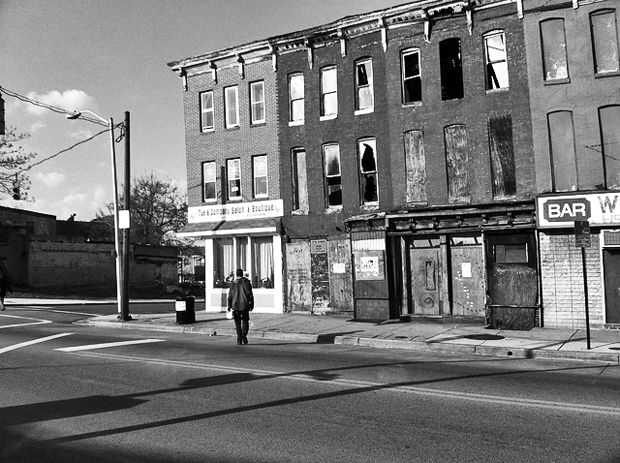On design / build.

Calvert Vaux was the architect Olmsted worked with on his contest entry for the commission to design Central Park, formally entered as “Greenwood.”
Vaux’s silence masked an important difference between the two men. Like most architects, Vaux considered design to be his paramount responsibility. Once a project was conceived and committed to paper, its implementation was more or less a mechanical task undertaken by others. This was reflected in his standard professional fee, two-thirds of which was for preparing drawings and one-third for supervising construction. Olmsted, perhaps because of his farming background, understood the difference between building design and landscape design. He referred to the Greenwood plan as a “preliminary study” or a “sketch”. He, more than Vaux, appreciated the extraordinary organizational skills that would be required to flesh out this sketch, and to orchestrate the construction of a project as colossal as Central Park. He was also interested in overseeing the administration of the park after its completion, which was the reason for the “House for the Superintendent” in the plan. He understood that a landscape designer, unlike a building designer, was setting in motion a process that would take years and ultimately decades to complete. He spelled this out in his grateful letter of acceptance to the board, paraphrasing a passage from Walks and Talks of an American Farmer in England: “What artist so noble as he who, with far reaching conception of beauty and designing power, sketches the outlines, arranges the colors, and directs the shadows of a picture upon which nature shall be employed for generations before the work he has prepared for her hand shall realize his intentions.”
– Witold Rybcyznski, A Clearing in the Distance: Frederick Law Olmsted and America in the Nineteenth Century
Then might I add this, the raison d’être of Central Park, and evidence of the integrity and heart of Olmsted’s character:
It is one great purpose of the Park to supply the hundreds of thousands of tired workers, who have no opportunity to spend their summers in the country, a specimen of God’s handiwork that shall be to them, inexpensively, what a month or two in the White Mountains or the Adirondacks is, at great cost, to those in easier circumstances.